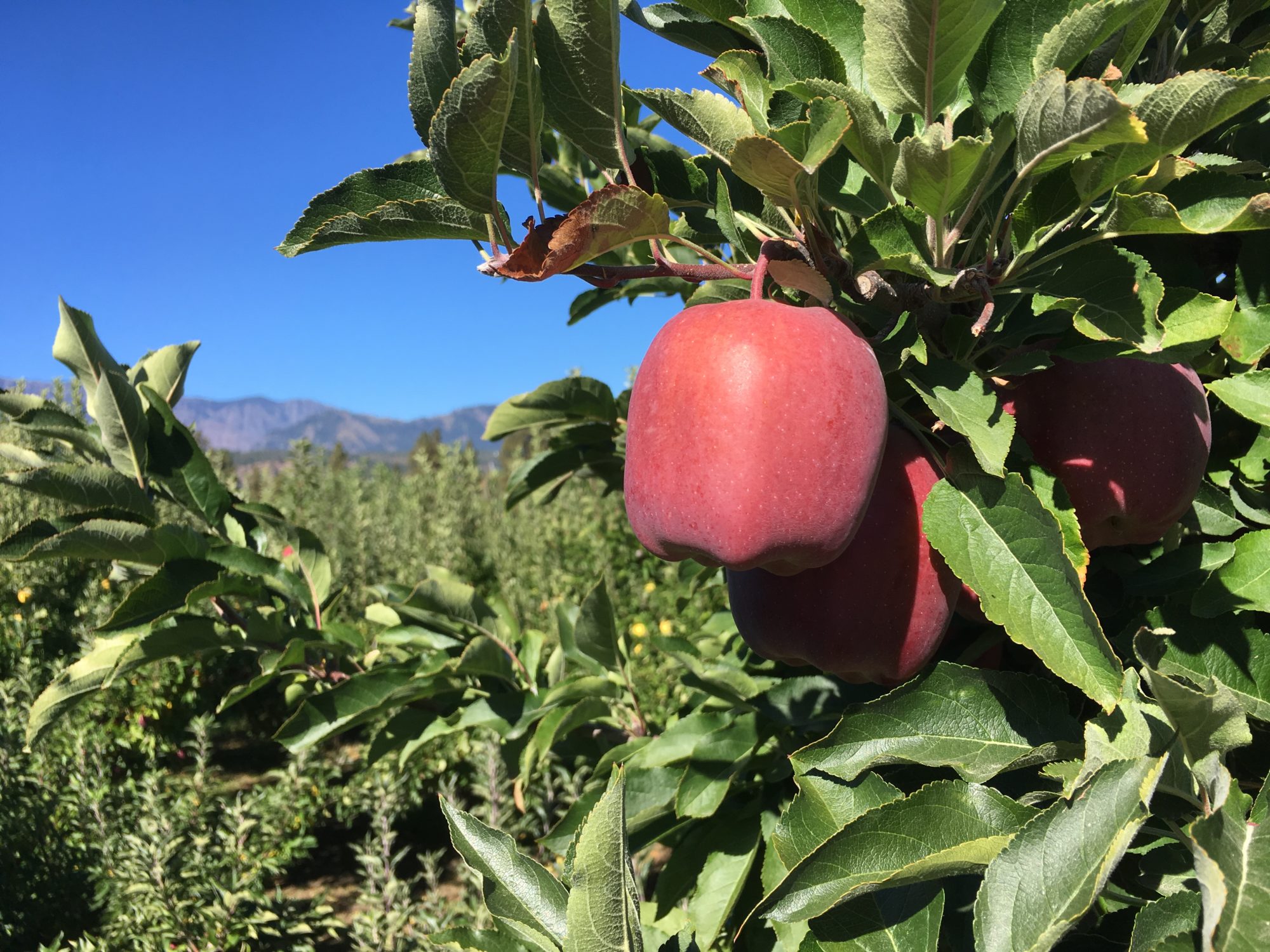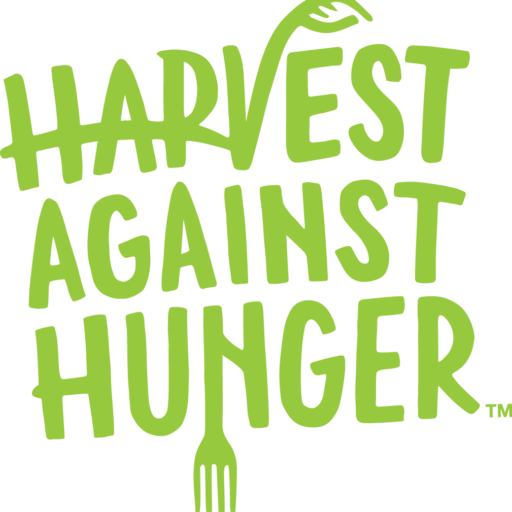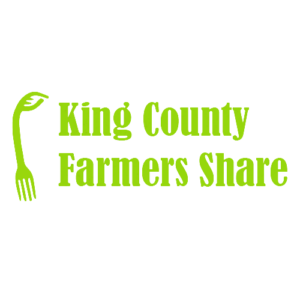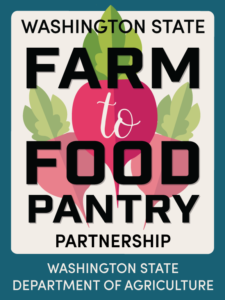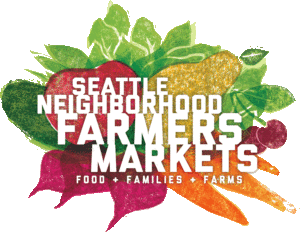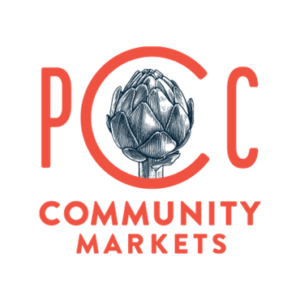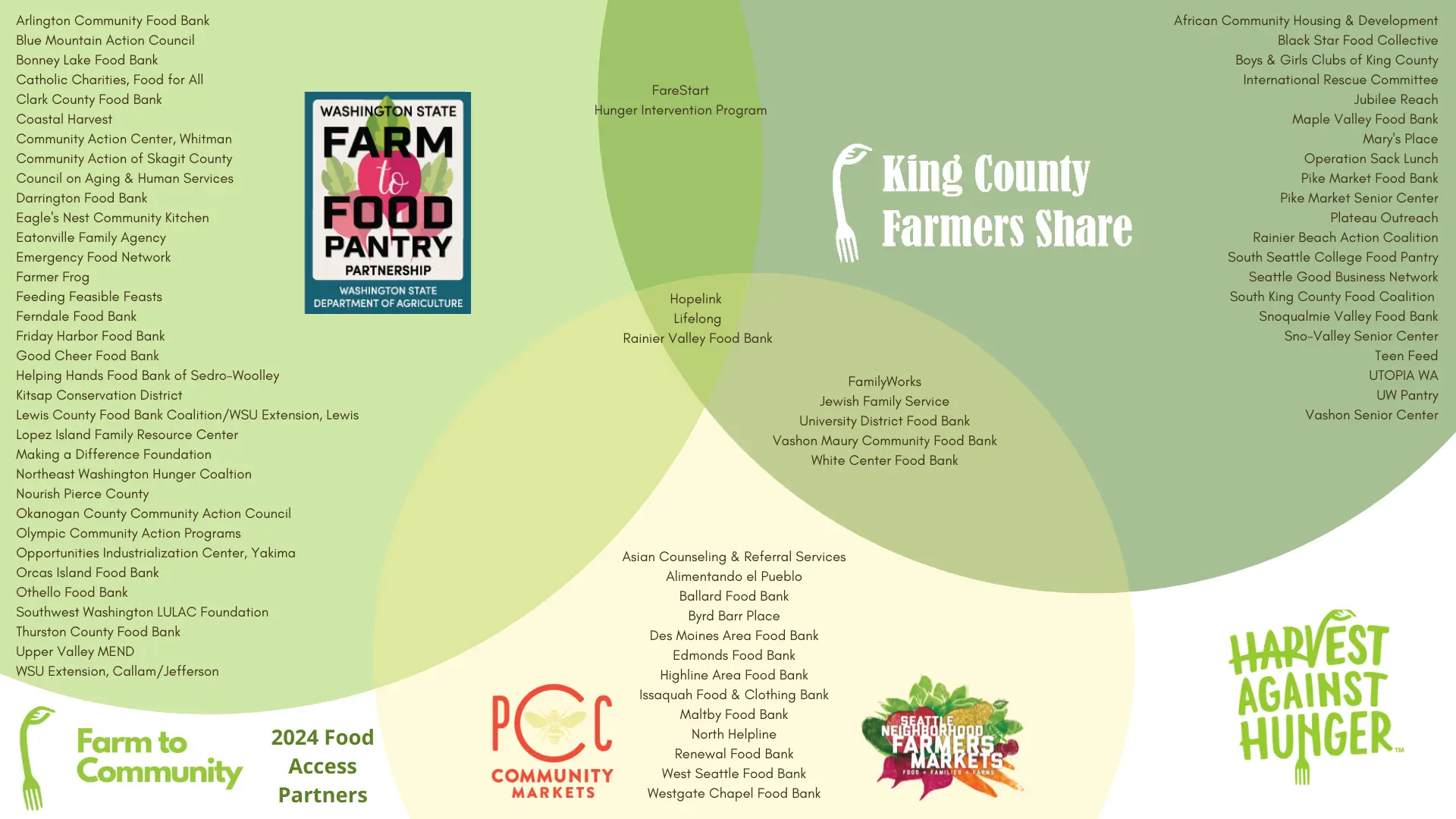Farm to Community
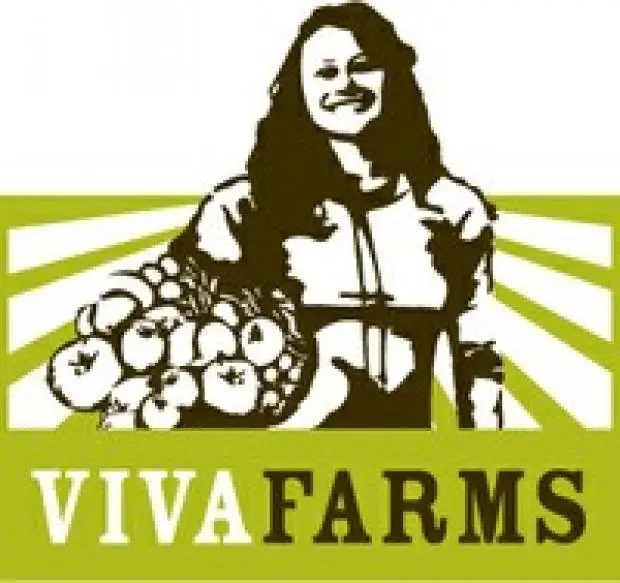
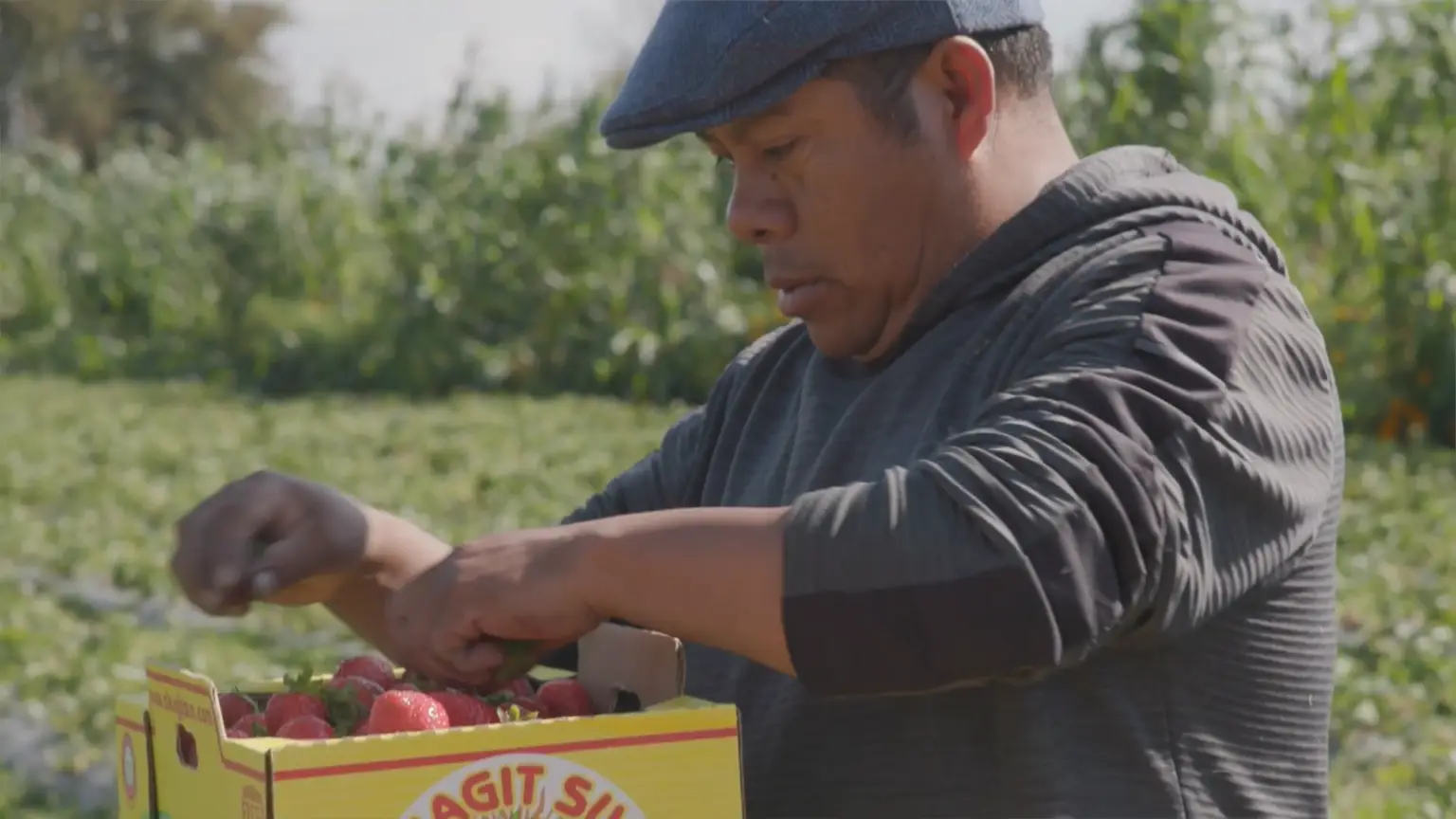
Farm to Community (F2C) encompasses multiple projects in Washington State that follow the shared model of funding for food assistance organizations to purchase produce directly from local small-scale farms. Operating across different scales, partners, and funding sources, King County Farmers Share, Farm to Food Pantry, and the Growing for Good partnership with PCC Markets and Seattle Neighborhood Farmers Markets all work under the Farm to Community umbrella to help reduce hunger, support small farm economies, prevent food waste, and increase access to nutritious, local produce through networks of farms, food banks, meals programs, and volunteers throughout the state. Purchasing directly from local farmers allows for not only healthier, more diverse food options for people experiencing food & nutritional insecurity, but helps these farms to prosper and create relationships within their communities, as they do not have to rely solely on being able to donate produce.
Harvest Against Hunger began working with these programs in 2014 with the creation of Farm to Food Pantry and added KCFS in 2019. PCC/NFM joined with HAH to launch a partnership in 2020 in response to the COVID-19 pandemic and rising levels of food insecurity across the nation. Farm to Community unifies common elements of these three programs to increase their effectiveness, efficiency, and create sustainable, resilient networks that will allow organizations to better provide solutions for hunger. We also work with many F2C partners through our Harvest VISTA program to build capacity and relationships with farms, volunteers, and other community organizations in their local areas.
Follow the links below to find more information about each of these specific projects and what they are doing in communities across Washington.
Program Contacts:
Olivia Jackiewicz, Farm to Community Program Manager
olivia@harvestagainsthunger.org
Avi Bauer, Farm to Community Program Specialist
–
Want to learn more about engaging small farms in hunger-relief sales? Reach out to us, or check out the guides we’ve developed!
- Guide to Contracting with Farms for Hunger-Relief Agencies: English | Spanish
- Wholesaling to Hunger-Relief Guide for Farmers: English | Spanish | Webinar Recording
Goals
Farm to Community works to understand and build local food economies, to provide more impactful and sustainable food access for everyone in our community. We help foster direct relationships between growers and food access networks, be it food banks, local farmers markets, or other grocery sources in areas with unreliable access to fresh produce. Creating sustainable systems that allow people, regardless of income, to get high-quality food they want and need for their families is essential now more than ever as we navigate how to respond to emergencies like COVID-19 and climate change that strain our ability to provide food.
These programs work to address sustainability with the three-pillar approach:
- Economic (financially supporting small family-owned farms)
- Environmental (reducing food waste and food miles; supporting small-scale, often organic and regenerative agriculture)
- Social (establishing robust, diversified partnerships and short supply chains)
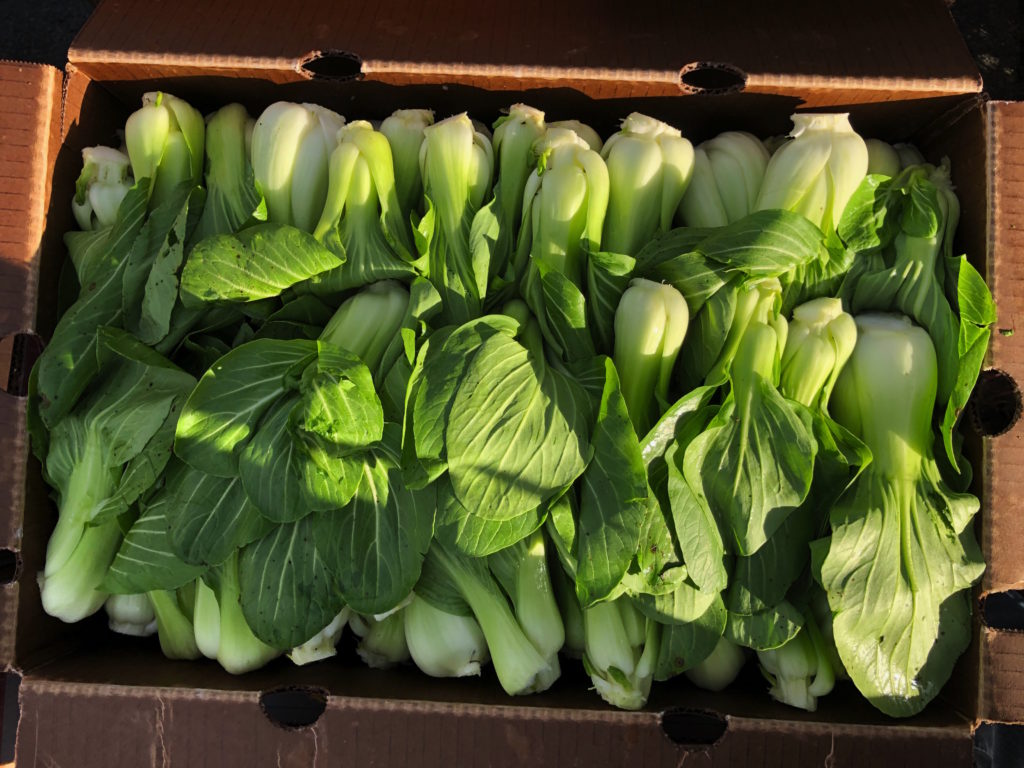
Benefits to farmers:
- – Fosters direct relationships, helping to embed small farms within community networks
- – Provides reliable income with pre-harvest contract models
- – Reduces waste
- – Aids the growth of regional food systems
- – Increases name recognition
Benefits to hunger relief organizations:
- – Access to fresh, nutrient-dense produce which might otherwise be unavailable
- – Greater variety and quantity of produce
- – Supports sustainable produce purchasing and gleaning programs
- – Food distribution centers can pursue purchasing contract models that work best for them
2024 Farm to Community Locations
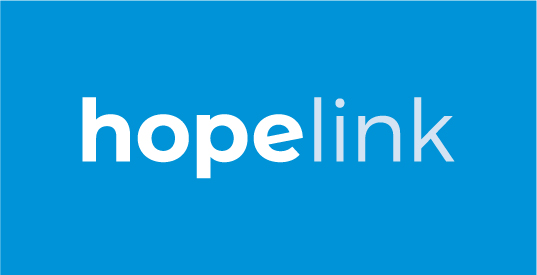
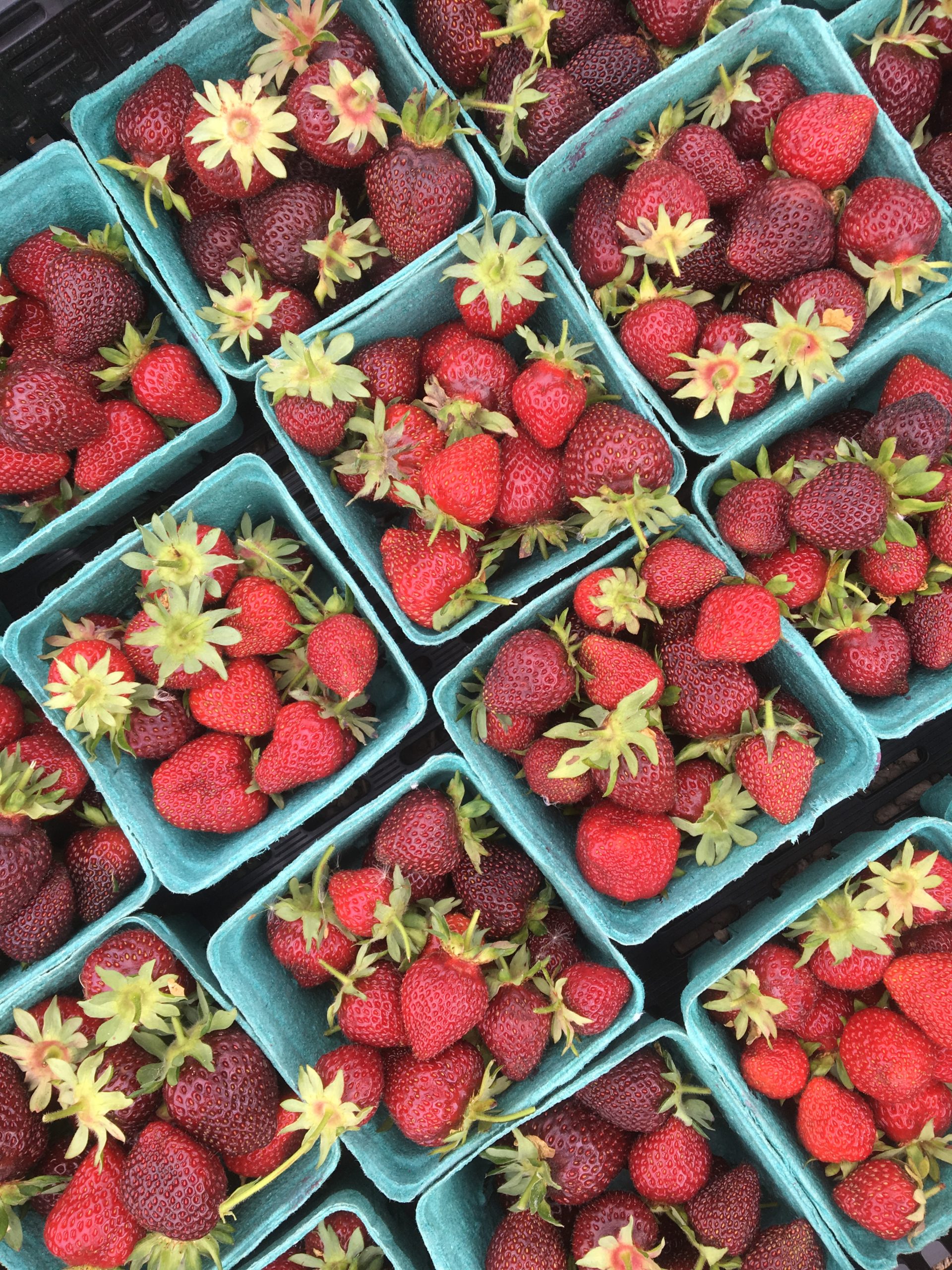
Press
- From Farm to Pantry, Rotary Magazine, March 2024
- Growing for Good: What’s Next for a Powerful Partnership? | PCC Community Markets, November er 2023
- Growing for Good Cultivates a Future for Local Farms and Food Security | PCC Community Markets 1/10/2023
- PCC Pledges $375K to Support Local Farm, Feeding Program | Progressive Grocer, 1/12/23
- Fresh Produce for All: Connecting small local farmers and food banks | Public Health Insider, 12/23/22
- How a millennia-old practice is feeding people today | Seattle Times, 4/18/22
- PCC Shares Results of 2021 Giving Efforts | Whole Foods Magazine, 3/4/22
- The numbers are in: Farm to Food Pantry continues to make a big impact | WSDA AgBriefs, 11/29/21
- Chef Wayne Johnson on Regional Black, Indigenous and People of Color (BIPOC) Farms and Food at FareStart | FareStart Blog, 10/6/21
- Supporting local farms and community with the Farm to Food Pantry program | Eat Local First Olympic Peninsula, 9/15/21
- Executive Constantine announces winners of 2021 Green Globe Awards, King County’s highest honor for environmental stewardship | King County Executive Press, 4/23/21
- PCC Community Markets Partners with Seattle-Area Nonprofits to Create Farm-to-Food Bank Program | Organic Produce Network, 4/8/21
- Struggling Farmers Work With Overwhelmed Food Banks to Stay Afloat | Stateline, 8/13/20
- Farmers market program funnels fresh produce to local food banks | South Seattle Emerald, 5/4/20
- States are Investing in Farm to Food Bank Programs | FoodPrint, 1/29/20
- Program brings farmers’ produce to food bank shelves | Kitsap Sun, 12/19/19
- Farmer’s Share Program provides hunger relief and agricultural development opportunities in King County | Keeping King County Green, 10/4/19
